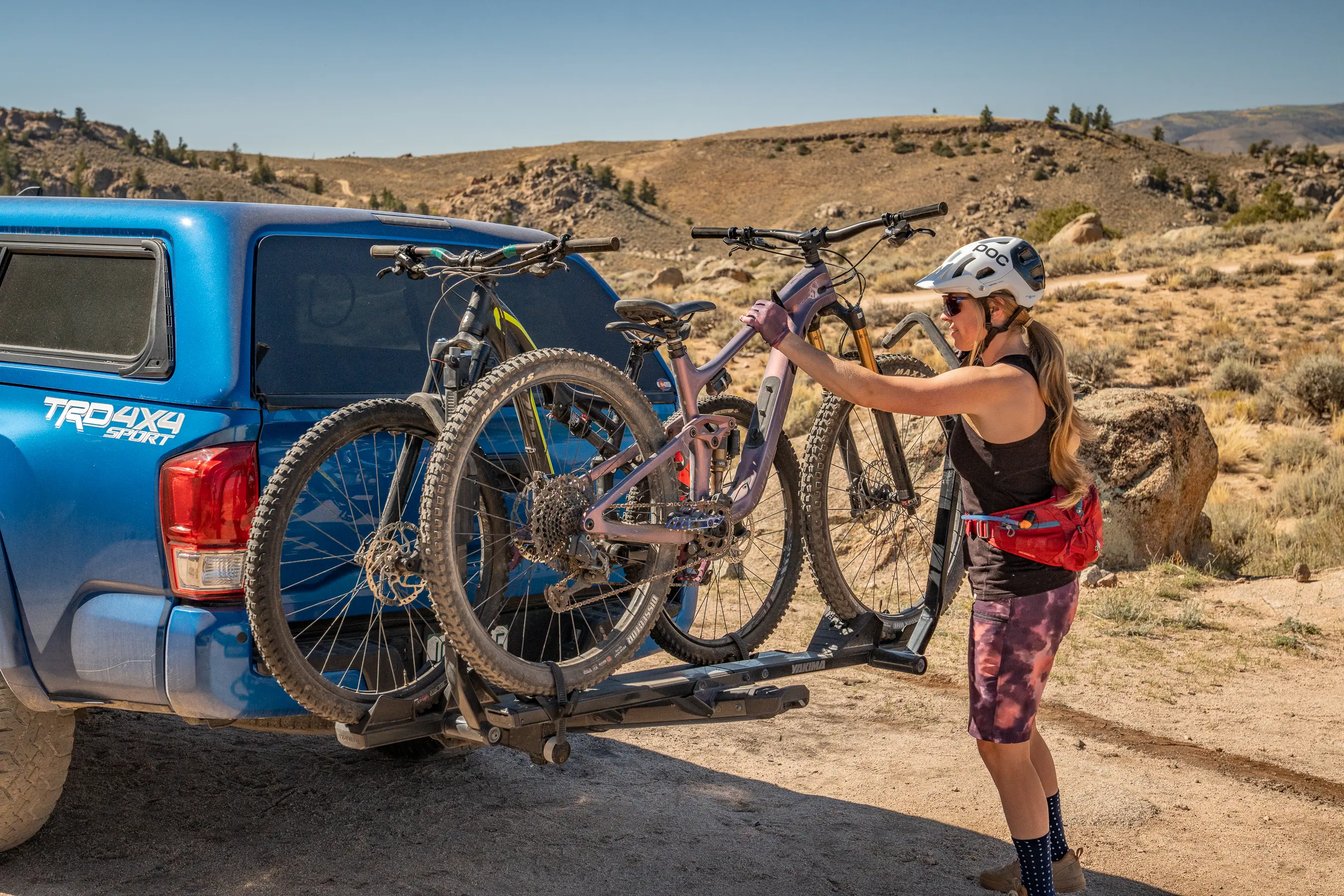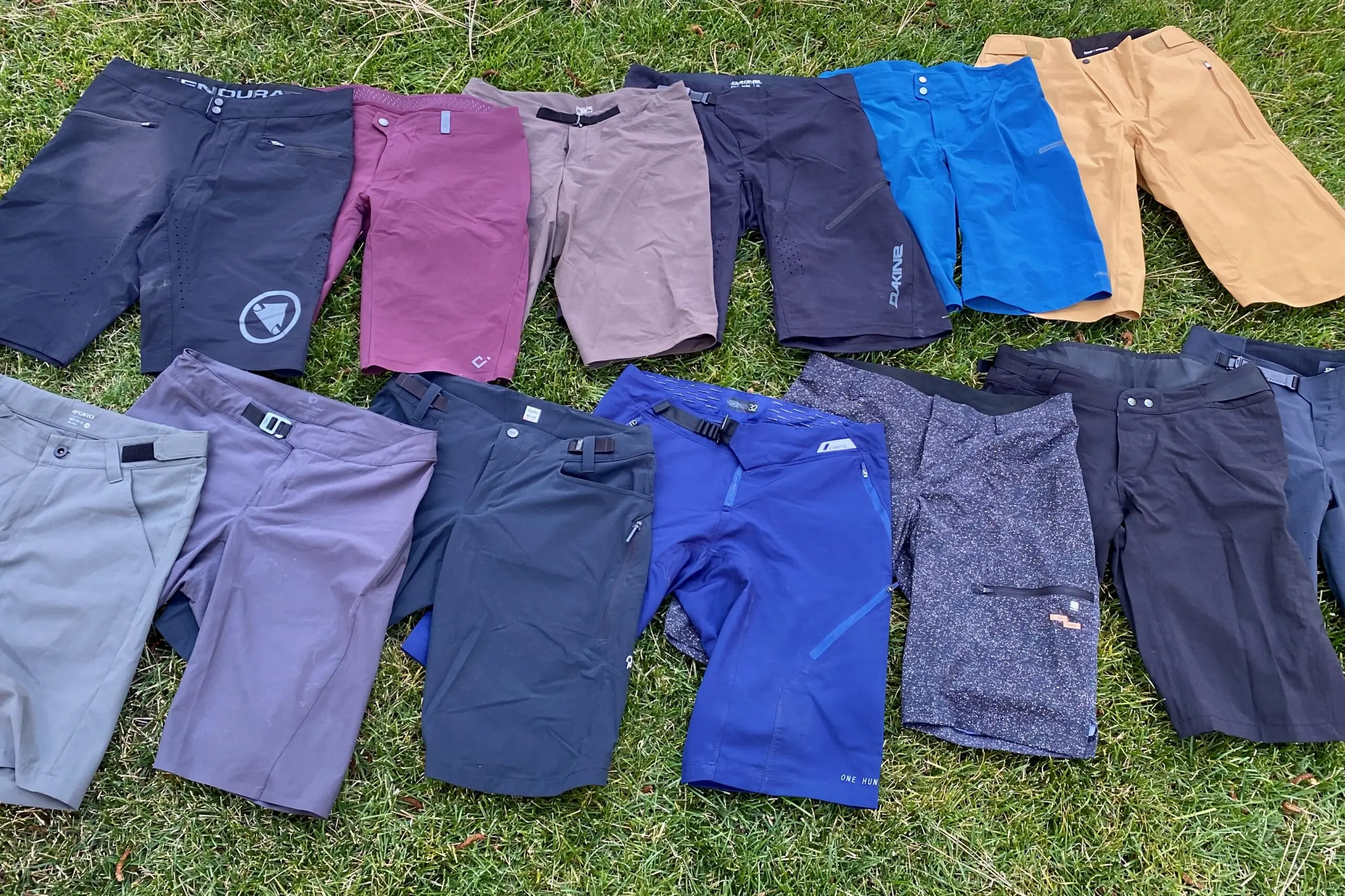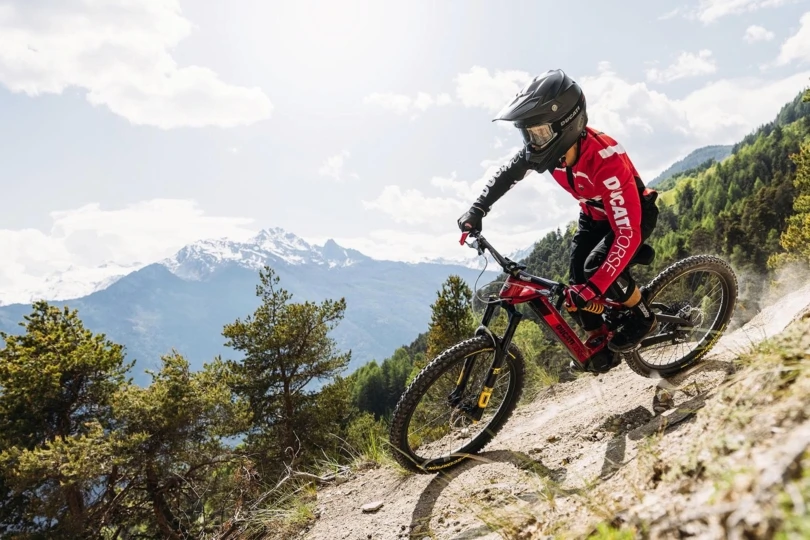Swapping out your bike pedals? We’ve outlined five steps for removing old pedals and installing new ones.
Maybe you hit your pedal against a rock and snapped it in half. Or you’ve decided to upgrade to clipless pedals. Whatever the reason, you have to take off your old bike pedals and install new ones.
This task is not as simple as it first appears. Pedals aren’t threaded the way you would expect — or at least, one of them isn’t. The old “lefty-loosey, righty-tighty” rhyme doesn’t work here, and if you don’t know what you’re doing, you risk ruining your new pedals.
We lay out the tools you need to swap pedals, how to remove pedals, and how to install new pedals so you can get back to riding your bike.
How to Swap Your Bike Pedals
1. Gather the Appropriate Tools
You will need either an Allen key (also known as a hex key or Allen wrench) or a pedal wrench to remove your pedals, depending on what your pedals require. A pedal wrench is a thinner wrench designed to fit in the narrow space between the pedal and the crank arms.
For the Allen key, you probably want a full-size one, not a multitool, if you have one handy. I once tried to throw on a pair of pedals with a mini multitool. I ended up cutting my hand tightening the pedals. At the end of my hourlong ride, I was pretty much able to remove the pedals without a tool they had loosened so much. So appropriate tools are important.
You’ll also want a bit of grease to put on your new pedals so they thread in smoothly and don’t seize up.
2. Ready the Bike
If you have a stand, you can put the bike in the stand. Otherwise, lean it against a wall or a fence. Pedals are easier to change when the bike is upright, so no need to flip it over.
If you have multiple gears up front, shift to the highest gear or the largest chainring. This can help protect your knuckles if you slip while working on your pedals.
3. Remove the Pedals
The right-hand pedal, or the drive-side pedal (the side with the chain), will loosen counter-clockwise, like normal. The left-hand pedal, or the non-drive-side pedal, will loosen clockwise, opposite from normal.
To make things more complicated, if you’re using an Allen key, it may seem to be the opposite because you’ll be approaching the pedal from the opposite side. Make sure you’re thinking about it like you’re on the right side of the bike for the right pedal and the left side of the bike for the left pedal.
Can’t keep track? Here’s how I remember it: You turn the pedal toward the back of the bike to remove the pedal, and toward the front of the bike to go forward to add the pedals. It’s a silly trick, but it works for me.
After removing the pedals, be prepared to track down any washers that may have fallen off. If there are no washers, no worries; some cranks need them for protection, and others don’t.
4. Prepare the New Pedals
Because the threads are different, it’s very important to have the correct left and right side pedal. Most pedals will have an “L” and an “R” stamped on them somewhere. If you can’t find it, hold the pedals up side by side. You should notice the threads curving up in different directions. The right-side pedal’s threads rise to the right, and the left-side pedal’s threads rise to the left.
If you need washers, slide them on to the new spindles. Also, take a little bit of grease and rub it on the threads of the pedals. The grease will help the pedal go on smoother and prevent it from seizing up in the future.
5. Install the New Pedals
Make sure to put the pedals in at a 90-degree angle so you don’t cross-thread them. And remember, the drive-side pedal tightens clockwise toward the front wheel, and the non-drive-side pedal tightens counter-clockwise (toward the front wheel).
You should tighten them to the manufacturer’s specified torque, which is usually about one-eighth of a turn after you feel resistance.
Final Thoughts
There are lots of reasons to swap out your pedals, from fixing broken ones or upgrading to nicer ones. Or maybe you want to switch from flats to clipless, or from clipless back to flats.
Whatever the reason, you now know how to remove bike pedals and replace them — without ruining them.









